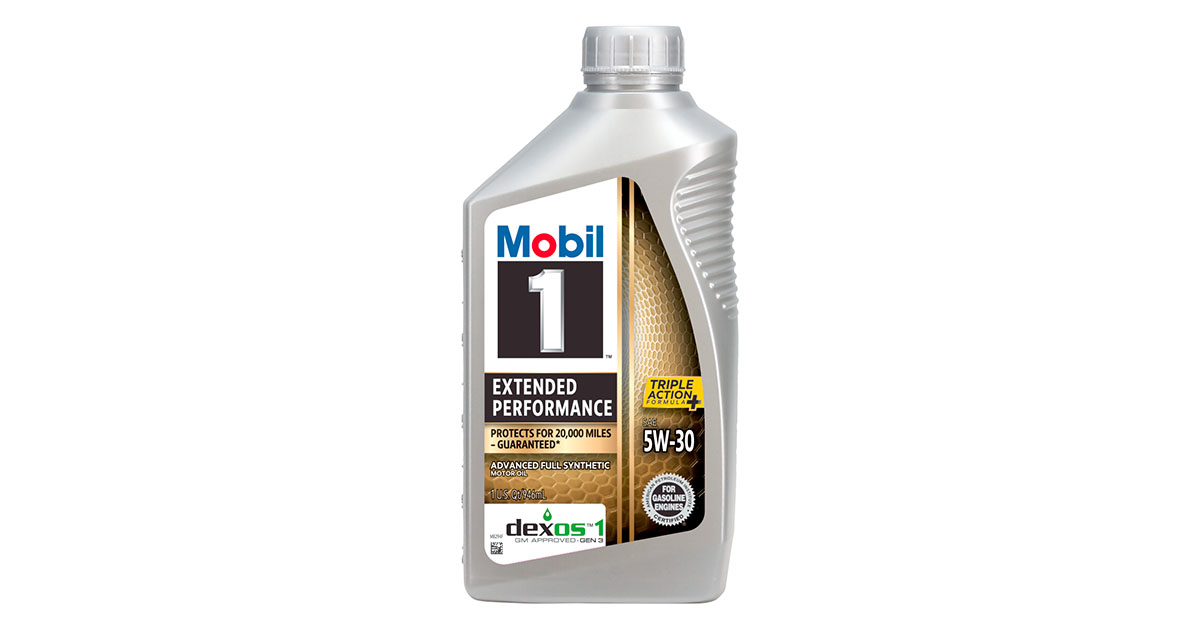
Mobil 1™ Extended Performance 5W-30 | Mobil™ Motor Oils
Mobil 1™ Extended Performance 5W-30 motor oil provides protection for up to 20,000 miles between oil changes – guaranteed.
Heres the new dexos 1 gen 3 version

Same here and that the pour point is really bad for a synthetic on the 5w30what i found interesting was the 0w20 had a higher pour point, higher viscosity, and lower flash point vs the 5w20
IMO pour point is almost worthless.. mrv or ccs would be better.Same here and that the pour point is really bad for a synthetic on the 5w30
They’re simply “cheapening” the formula to maintain the price point on the shelf. The good news is the lower PAO formula still meets the certification requirements, so in reality the end user will never notice any difference.Trust Mobil they know what there doing when blending these oils trust them
Might as well purchase Super Tech FS...They’re simply “cheapening” the formula to maintain the price point on the shelf. The good news is the lower PAO formula still meets the certification requirements, so in reality the end user will never notice any difference.
I think the QSFS on Menards’ 11% sale is pretty compelling myself…Might as well purchase Super Tech FS...

Am I reading this correctly? It almost sounds like the 5W20 would be a better cold weather oil than the 0W20? The CCS numbers would be an interesting comparison!
Mobil 1 has hardly updated their formulations since October 2010, as they had already met the API SP and GM dexos1 Gen 3 specs twelve years ago when it first introduced its API SN oils. So, chances are that only the labels are different, with the same fluid with the same additive pack as twelve years ago inside, within the API-guideline-allowed base-oil interchangeability. Check the four-digit formulation number stamped on the back label to know for sure.
Mobil 1™ Extended Performance 5W-30 | Mobil™ Motor Oils
Mobil 1™ Extended Performance 5W-30 motor oil provides protection for up to 20,000 miles between oil changes – guaranteed.www.mobil.com
Heres the new dexos 1 gen 3 version
Except the 0W-20 SDS reports that it's now markedly different for the last several years it was either 60-70% PAO now it's 50-60% group III and 20-30 PAOMobil 1 has hardly updated their formulations since October 2010, as they had already met the API SP and GM dexos1 Gen 3 specs twelve years ago. So, chances are that only the labels are different, with the same fluid inside. Check the four-digit formulation number stamped on the back label to know for sure.
So, chances are that only the labels are different, with the same fluid with the same additive pack as twelve years ago inside, within the API-guideline-allowed base-oil interchangeability.Except the 0W-20 SDS reports that it's now markedly different for the last several years it was either 60-70% PAO now it's 50-60% group III and 20-30 PAO
Maybe this "20,000 mile oil" would be a good combo with a nitrile valve ADBV ST MP "20,000 mile filter"... For about 5000 miles!They’re simply “cheapening” the formula to maintain the price point on the shelf. The good news is the lower PAO formula still meets the certification requirements, so in reality the end user will never notice any difference.
Well there are other components in the oil like antioxidants and group V base oils. EP has been tested and formulated for longer drains than AFE.It's now no longer mostly PAO, is like 2:1 group III to PAO, I guess there's not much reason to buy it over AFE now.
Quaker State Full Synthetic 10W30 API SP-RC is -54degC ( -65degF ) per the PDS.Same here and that the pour point is really bad for a synthetic on the 5w30

